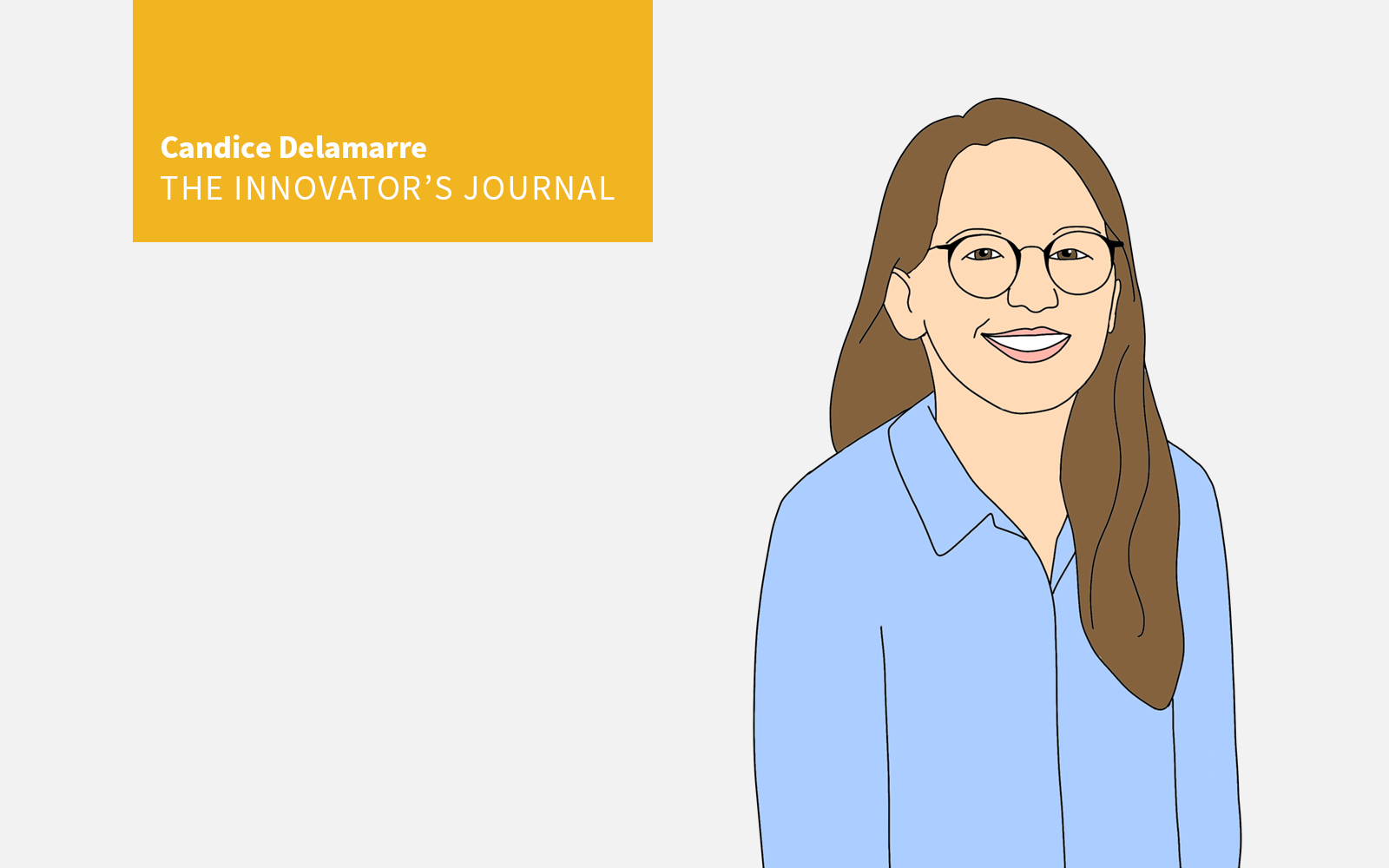Technology
The Innovator's Journal: The Journey Of A Housing Start-Up
This is the first in five-part series from award-winning engineer Candice Delamarre, who with four Stanford University colleagues, created Kit Switch, a novel idea to convert unused offices into homes. Here's how.

[Editor's Note: Here, The Builder's Daily members get to hear first-hand from the next generation of housing construction, engineering, architecture, finance, and business leadership. Our contributor, Candice Delamarre teamed up with four of her Stanford University colleagues, first, as category-class winners in the third annual Hack-A-House competition, hosted by Salt Lake City-based Ivory Innovations, a division of the University of Utah’s David Eccles School of Business, and second, to go-to-market with Kit Switch, their award-winning business concept. Kit Switch proposed an innovative approach to address the affordable housing crisis and COVID-19 economic recovery through the adaptive reuse of underutilized commercial real estate and today works on designing a kit of prefabricated wall panels to assemble housing units within pre-existing structures. From Kit Switch co-founder and principal Candice Delamarre, here's Kit Switch's origin story, and her personalized account of a next-generation housing leader's journey to making a transformative inroad into solutions in housing affordability. From Candice, in her own words ... ]
Entrepreneurship, I had thought, was about the Idea ... with a big I.
Then I got to listen to entrepreneurs. They were kind enough to share with me what happened when they obsessed over ideas. Or when, conversely, they iterated to improve their product-market fit. Thanks to them I was dissuaded of my naive view. In fact, many venture capitalists invest in teams before ideas. This applies particularly to early-stage startups because good teams, it appears, can “pivot.” To me, this means switching nimbly from one idea to another better one along the way.
Entrepreneurship, it turns out, is all about flexibility, uncertainty, and resilience.
Even this early on in my learning curve, that challenge is evident.
In this mini-series, I will take you with me on this journey, from conceptualization to realization.
As much as the vision for Kit Switch is truly unique, our origin story was not about an idea. It is about a team. Kit Switch is a team of five women, each with deep expertise in the built environment. Our disciplines range from architecture, engineering, construction management, to sustainability and urbanism – a value chain of rigor, discipline and passion. From our different professional perspectives and personal backgrounds, our shared desire was this: To create housing sustainably.
Let me tell you a bit more about our team. Pardon a metaphor from my engineering background. Picture five different rotating-tooth-wheels. Together they make one well-oiled gear mechanism. Because we can rely on each other as individuals, and because we share structural values, teamwork always felt smooth. And in fact, in the first months, we worked very intuitively, with little structure. Today we do have roles so let me give you a feel for our cast of characters:
- Alex, the energetic, is at the job site early every morning for heavy civil construction projects and advises Kit Switch in her free time, keeping us grounded and resourceful.
- Anusha, the wise, contributes her architectural brio to sustainably design automated fulfillment centers and to advise us as a moonlighter, offering elaborate feedback and innovative design ideas.
- Armelle, the articulate, embarked on this full-time entrepreneurial journey with me, voices our vision to others and carries it inside our team, and thoughtfully reflects and analyzes our strategy.
- Sam, the conscientious, designs data-centric equitable urban systems every day, and she works as both our building vacancy analyst and prototyping advisor thanks to her experience with machinery.
- And me, the catalyst, focused on problem-solving and risk mitigation by anticipating next steps, making relevant connections, and building partnerships.
I am not saying that we tick all of the boxes for the perfect team. Nor do we pretend to account for all 9 team role types listed in the Belbin Team Inventory - although we might, and I’m now curious to find out. We sure will need to hire more people, but what we need even more than headcount is a seamless team dynamic, and solid communication. This has enabled us to remove friction and keep Kit Switch's forward momentum.
The reason is simple. It's also counter-intuitive."
We set on a mission to create housing for people who need it, where people need it, and how people need it. Housing that not only meets their physiological needs but that brings opportunities for independence and freedom, for culture and community, for dignity and respect.
It is with these values in mind that our team started exploring ideas for housing innovations and commercial-to-housing conversions, in the middle of the COVID-19 pandemic. Further, the state of California where affordable housing has long been missing, begged for new solutions.
The reason is simple. It's also counter-intuitive. In California, building affordable housing is not affordable. A huge and widening gap yawns between construction and maintenance costs, and affordable rents. Different organizations have put estimates to the number of housing units that would be need to be added by 2025. Numbers vary. However, all agree that the industry has not been able to keep pace with demand, nor to prepare for the 50 million people expected in California by 2050. In February 2018, the California Department of Housing and Community Development published its Final Statewide Housing Assessment 2025 stating a need for 180,000 new homes annually from 2015 to 2025. Unfortunately, production has barely increased since then, reaching only about 103,000 new units in 2020..
Across the country, states and metropolitan areas also face a tremendous shortage of affordable homes and communities. In March 2021, the National Low Income Housing Coalition released its annual report “The Gap: A Shortage of Affordable Rental Homes.” It reports findings that for every 100 extremely low-income renter households, only 37 affordable rental homes are available. Among the 50 largest metropolitan areas, these statistical levels drop to as low as 16 options for every 100 households in Las Vegas, NV, and up to only 50 in Providence, RI.
Now think back to Fall 2020. The pandemic felt well ingrained, the world was going through repeated lockdowns, and people were taking guesses on what life post-COVID would look like. In the Bay Area, employees from tech companies had left their campuses with no sign of coming back. Was this only temporary?
Many people thought it would be. Many asked us to make sure our concept did not rely solely on COVID-19 trends. What would you have thought at the time? What do you think today?
Join the conversation
MORE IN Technology
AI Isn’t Optional: Marc Minor’s Call To Homebuilding Leaders
At The Builder’s Daily Focus on Excellence Summit, Higharc CEO Marc Minor urged homebuilding executives to do two hard things at once: run lean—and build the muscles for continuous innovation through AI.
HistoryMaker Homes Reinvents Itself From The Data Up
Chief Digital Officer Ty Brewer’s digital transformation playbook aims to drive operational unity, accountability, and agility in a turbulent market environment. The Builder's Daily unpacks the process.
Andrin Homes Turns Customer Pain Into Business Culture Shift
Facing the toughest Toronto market in decades, Andrin operationalized a proactive homeowner experience strategy. What started as a service platform became a catalyst for team alignment, trust, and performance.
